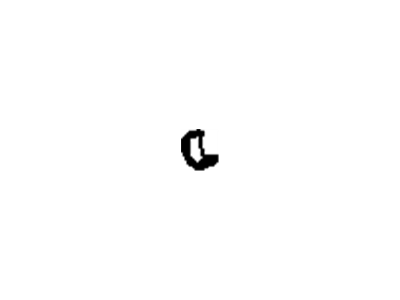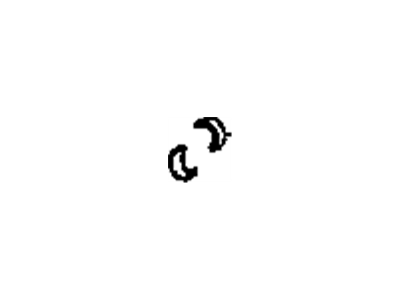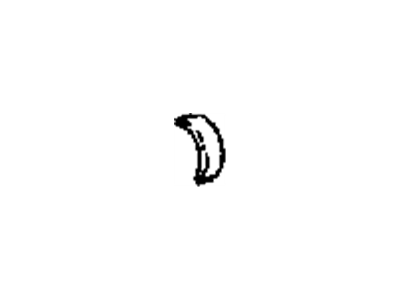
My Garage
My Account
Cart
Genuine Chevrolet El Camino Rod Bearing
Engine Connecting Rod Bearing- Select Vehicle by Model
- Select Vehicle by VIN
Select Vehicle by Model
orMake
Model
Year
Select Vehicle by VIN
For the most accurate results, select vehicle by your VIN (Vehicle Identification Number).
4 Rod Bearings found
Chevrolet El Camino Bearing Kit,Connect Rod
Part Number: 12523924$32.23 MSRP: $53.34You Save: $21.11 (40%)Ships in 1 Business DayChevrolet El Camino Bearing Kit,Connect Rod
Part Number: 89017700$15.81 MSRP: $25.21You Save: $9.40 (38%)Ships in 1-2 Business Days
Chevrolet El Camino Rod Bearing
The Rod Bearing in Chevrolet El Camino automobiles plays an important part to bear the crankshaft and the connecting rods and also helps in rotation of crankshaft with least friction. These bearings are usually plain bearings, which maybe bi-metal or tri-metal in construction. Bi-metal bearings are made with an aluminum alloy while tri-metal bearings have a copper intermediate layer and an outer layer of lead-tin-copper alloy offer better strength and can better stand wear. Chevrolet El Camino has used different Rod Bearings throughout its production period, however, the performance type models incorporated the tri-metal ones because of their high-end efficiency and ability to cope up with higher power rates. Other features that may be incorporated into Performance Rod Bearings include proprietary dry film coatings and specifically designed eccentricity with respect to oil clearance and lubrication requirements. Some Chevolet El Camino engines use these Rod Bearings and therefore the right installation and regular maintenance improves the life expectancy and efficiency of the car's engine.
Each OEM Chevrolet El Camino Rod Bearing we offer is competitively priced and comes with the assurance of the manufacturer's warranty for the part. Furthermore, we guarantee the speedy delivery of your orders right to your doorstep. Our hassle-free return policy is also in place for your peace of mind.
Chevrolet El Camino Rod Bearing Parts Questions & Experts Answers
- Q: What precautions should be taken when working with Plastigage, and how should Rod Bearing clearances be checked during an engine overhaul in V8 engine on Chevrolet El Camino?A:When working with Plastigage, three precautions should be taken, be certain that all the oils and greases have been washed out of the Crankshaft as well as the bearing surfaces before testing, do not rotate the crankshaft while Plastigage is in place as it should be destroyed, and while stripping of Plastigage afterward, one should not harm the crankshaft or bearing surfaces which might have been coated with the said product and all the traces should be removed using only fingertips or a wooden stick Clearances of bearings must be examined every time when an engine is refurbished, this applies to the bearings that are intended for reuse, as well as to new ones, the procedure for checking clearances of main and connecting rod bearings is similar. It is advisable to commence with the paste by fitting of main bearings and caps to the engine housing once the crankshaft and bearing surfaces have been cleared. Apply Plastigage to main bearing journals, put on and properly torque down the main bearing caps, with their flats forward. Now, after the tightness you will have to release each bearing cap and check the flattened section of the Plastigage strip and using the scale present on the main body of the envelope, one will be in a position to see the amount of clearance present in the bearing. To perform checks to determine presence of out-of-round conditions, it is necessary to remove the Plastigage, rotate the crankshaft by 90 degrees and re-measure the new clearances which should be then compared with the old ones. For connecting rod bearing clearances, it is necessary to set each Piston/rod assembly as above and to use Plastigage, while also measuring the connecting rod side clearance. If the bearings are within the range then they can be fitted whereas, if not, they should be removed and replaced with accurately standard bearings and it should be made sure that the upper and lower bearings are interchanged together.












